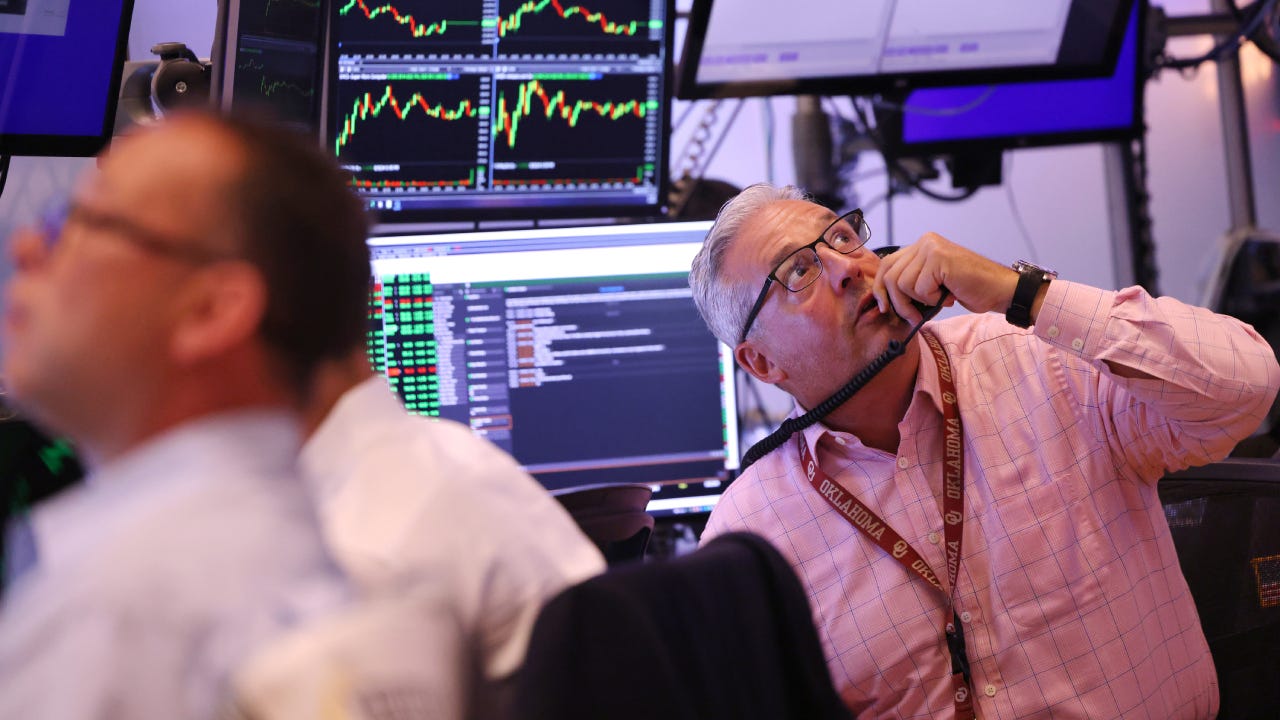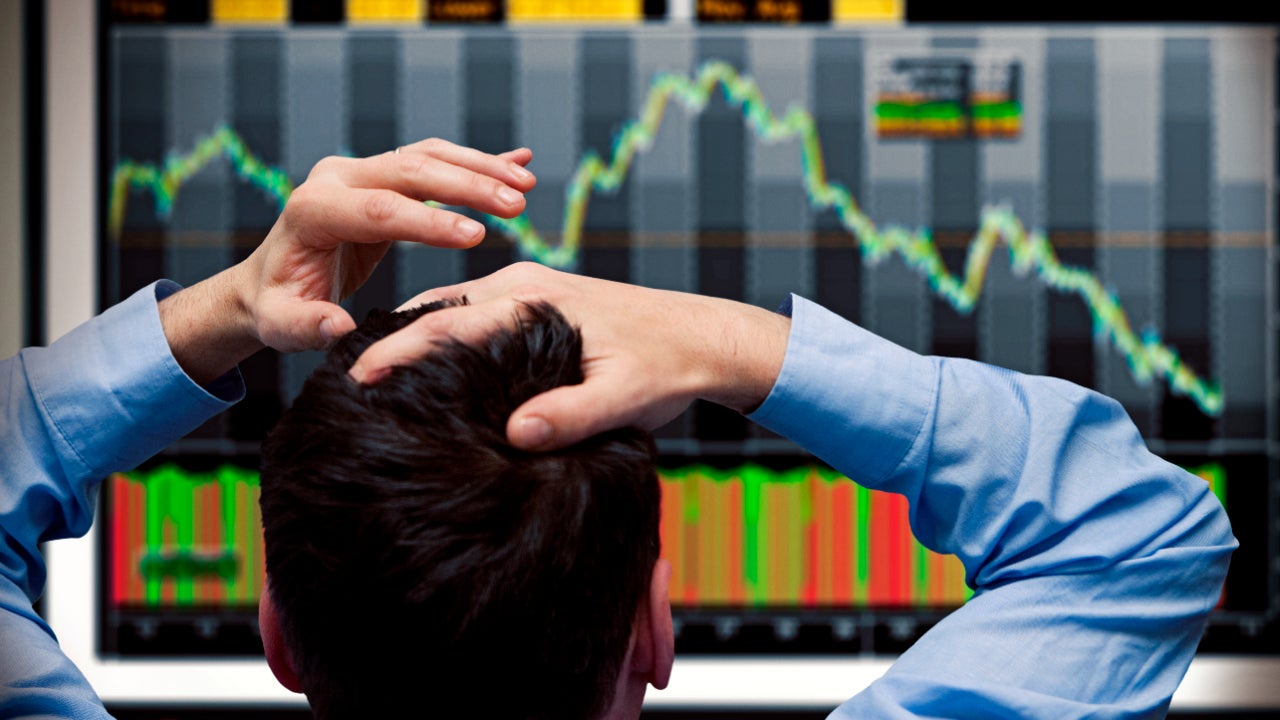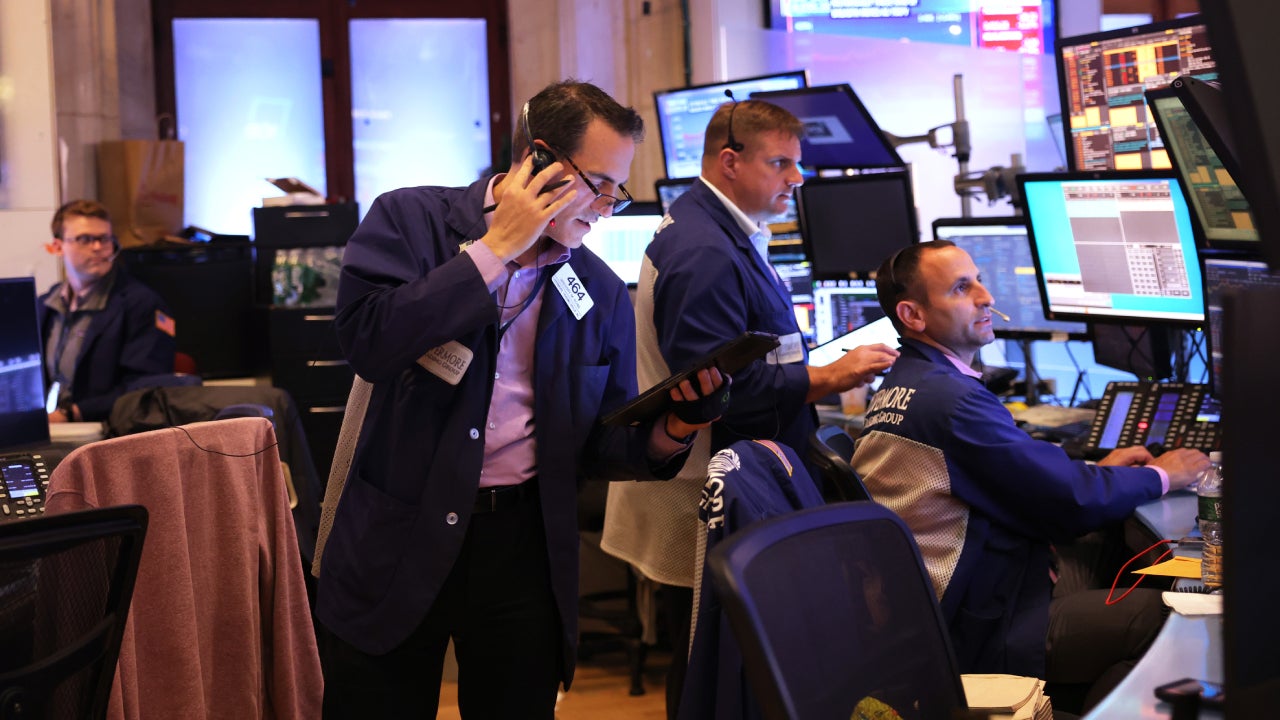Opening price for a stock: What it is and how it’s set

When you catch the financial news in the morning or watch the stock market open right at 9:30 a.m. Eastern time, you’ve likely seen a number next to a ticker symbol. This is called the opening price, which is where securities start trading for the day. Opening price isn’t the same as the closing price from the day before — though both prices show you how a stock is moving — and a couple factors go into setting the opening price.
Here’s everything you need to know about the opening price, what it means and how investors use it to predict future stock price changes.
How a stock’s opening price is set
The opening price can be calculated a few ways and varies from exchange to exchange. In general, there are a couple factors that affect the opening price.
- Which stock exchange the asset is traded on: Each exchange has its own way of calculating opening and closing prices. For example, the NASDAQ uses the open cross, which sets the opening price based on buy/sell offers or historical prices, and the New York Stock Exchange (NYSE) uses the auction method where bidding determines the final price.
- Pre-market trading activity: Stocks being bought and sold before the market opens and after the market closes tend to have higher price volatility due to lower volumes. After-hours news can push that volatility even higher. For example, Nvidia’s stock shot up 8 percent during after-hours trading in February after a good earnings report was released.
- Supply and demand: The number of open buy and sell orders can have an impact. There are other factors at play but roughly, demand can cause the price to rise and fall.
- News: What happens in the news cycle may shift sentiment, such as a flawed software update, earnings report, natural disaster, geopolitical events, changes in certain economic indicators or company announcements, like a new product or a CEO leaving.
Why opening price isn’t the same as closing price
The opening price and closing price of a stock represent two distinct points in the trading day.
The opening price is influenced by what happens overnight or in the morning, such as changes in trading, market sentiment, economic news, supply and demand.
The closing price is influenced by trading that happens throughout the day and is set by a final trade or auction for the day depending on the exchange. For instance, the NYSE gathers all buyers and sellers at the end of the day in a common trade to make sure the closing price is fair for everyone.
The closing price is usually a more stable and reliable price valuation, given it takes into account a day of trading.
How investors use opening price to trade
All of these factors — pre-market trading, supply and demand, news — play a role in determining the price of a security. There are some even more technical trading strategies that rely on opening price.
- Support and resistance levels: Some traders choose to analyze the supply and demand reasons behind why a stock is up or down — strong demand supports the price vs. falling demand creates resistance — using historical price data. This includes the opening price.
- Gap fill or fade: This strategy uses price discrepancies between the closing and opening prices of one stock across two consecutive days. Traders then attempt to determine whether the price will fill the gap or if the gap will continue to widen.
- Opening price reversal: Sometimes traders see a price change (or reversal) at market open, then prepare to profit from, or sell, the stock using the price reversal.
Other technical strategies include opening range breakout, which uses price data from the first 30 minutes of trading to estimate how the price might move throughout the day.
Bottom line
Opening price sets the tone for each day of trading and can vary based on pre-market trading, which exchange the security is being traded on, supply and demand and economic news. Investors use the opening price to strategize trading for the day or long term.
Editorial Disclaimer: All investors are advised to conduct their own independent research into investment strategies before making an investment decision. In addition, investors are advised that past investment product performance is no guarantee of future price appreciation.






